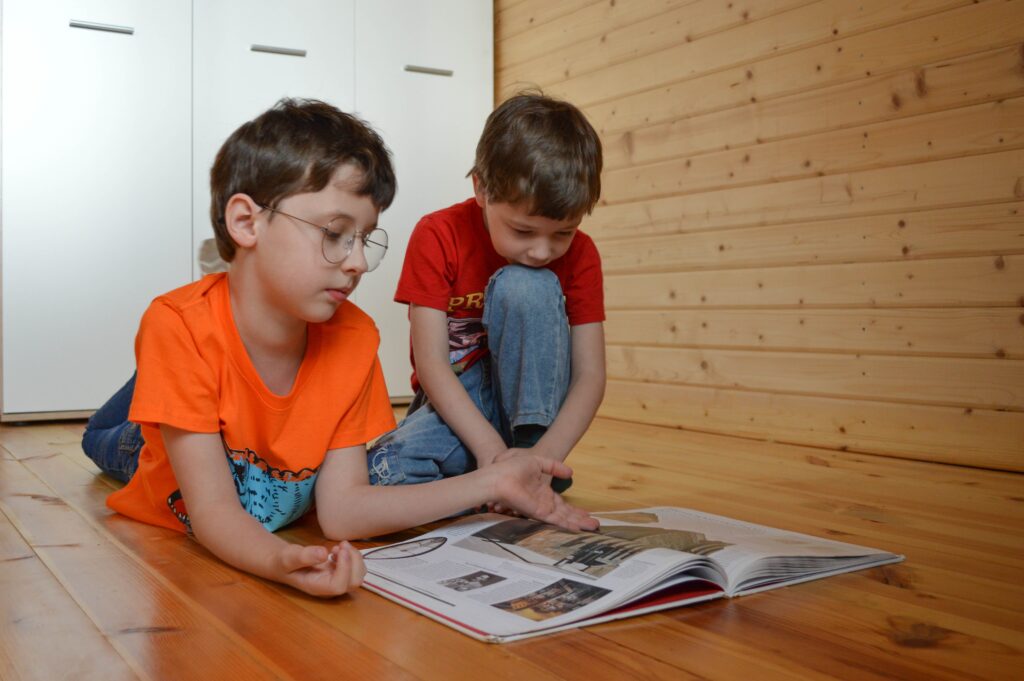What is a Social Story, How Can it Help Neurodiverse Individuals, and How Can You Create One?

Featured image by RDNE Stock project, Pexels
If you live, work, study, or constantly interact with someone who’s neurodiverse, you might have noticed a few issues with them. Neurodiverse individuals often have difficulty in social interaction, communication, and sensory processing. They may also exhibit repetitive behaviours or routines as a way of coping with stress or uncertainty.
Luckily, there are several ways to help the neurodiverse individual in your life do better and live a more fulfilling life.
Whether they’re autistic, have ADHD, OCD, or another form of neurodiversity like Dyslexia, it turns out that social stories can be a good way to help them better understand and navigate social situations? A social story may be the solution you’re looking for.
Read on to find out what a social story is exactly and how it can help a neurodiverse loved one, alongside tips on how to create one?
What is a Social Story?
 Image by Lina Kivaka, Pexels
Image by Lina Kivaka, Pexels
A Social Story is a short story that uses simple language and pictures to describe a particular situation, skill, or concept. They are often used to help individuals and kids with autism, developmental disabilities, and other conditions better understand social situations and interactions.
How Neurodiverse Individuals Can Benefit From Social Stories

A social story is one of the best things to consider gifting to a neurodiverse person, and it can help them in various ways. When used well, and with the right verbal and visual cues, social stories can have several benefits for the individual, including improvements in:
- Social understanding
- Communication
- Behaviour
- Self-esteem
- Problem-solving
Creating a Social Story: Understanding the Different Types of Social Stories
There are many different types of social stories. When creating one for your neurodiverse individual, it’s important to choose a type that best addresses his or her needs, as well as the specific situation you seek to address. Some options include the following:
Written Social Stories

These are short stories written in simple language that describe a specific situation and the appropriate social behaviours in that situation. The story is usually a positive and supportive narrative that can be handwritten, digital or printed in hardcopy.
Picture Social Stories

These are social stories that use pictures instead of words to convey the content. They can be especially helpful for individuals who have difficulty reading or understanding written language.
Creating Your Social Story as a Photo Album

Image by cottonbro studio, Pexels
A photo album social story is a collection of photos that show the individual what to do in a specific situation. Start by getting one of those good-quality photo albums and include photos that the person can easily relate with. These may include photos of yourself engaging in a certain activity, with friends, at a party, having a conversation, and so forth. The photos can be accompanied by captions or a written narrative to provide more context or perhaps explain what is happening.
Video Social Stories

Video social stories use video footage to show the individual what to do in a specific situation. They can be particularly effective for visual learners or neurodiverse persons with a peculiar liking for videos.
Social Scripts

Image by Suzy Hazelwood, Pexels
These are scripts that describe the specific words and actions that the individual should use in a specific social situation. They can be helpful for individuals who have difficulty initiating or maintaining social interactions.
Helpful Tips When Creating and Using a Social Story for Neurodiverse Individuals

Image by Victoria Akvarel, Pexels
Personalise the Story
The first important step when making a social story for a neurodiverse person is to identify the specific social situation or behaviour that you want to address. This helps you personalise the story to ensure it best meets their specific needs and experiences.
The specifics could be something like going to a friend’s house, dealing with a change in routine, or understanding appropriate behaviours in a public setting.
Keep It Short and Simple
When creating or telling the story, make sure to use clear and concise language that is easy for the individual to understand. Avoid using jargon or abstract concepts. Additionally, social stories should be short, typically no more than a few pages.
This helps to keep the individual’s attention and makes it easier for them to remember the content. Don’t forget to use concrete and specific examples of the desired social behaviour in the story. This further helps the individual to better understand what is expected of them.
Use Visual Supports
This should be self-explanatory. Much like art therapy, including pictures or videos along with the written story can help the individual better understand the content.
Practise Reading
It’s also important to practise reading the social story with the individual and discussing the content. Encourage them to ask questions and offer their own perspective on the situation. This can help them better understand and internalise the content.
Use Examples and Reference the Story
Also, it’s a great idea to keep a copy of the social story with you, referring to it when the individual encounters the situation in real life. This can help them remember the appropriate social behaviour and responses.
In summary, social stories can be an amazing way to help neurodiverse individuals better understand and navigate social situations. Nonetheless, it’s important to be patient and understanding as the individual learns and practices new social behaviours.
Guest Author




